- Home
- Directory
- Shop
- Underwater Cameras - Photographic Accessories
- Smartphone Housings
- Sea Scooters
- Hookah Dive Systems
- Underwater Metal Detectors
- Dive Gear
- Dive Accessories
- Diving DVD & Blu-Ray Discs
- Diving Books
- Underwater Drones
- Drones
- Subscriptions - Magazines
- Protective Cases
- Corrective Lenses
- Dive Wear
- Underwater Membership
- Assistive Technology - NDIS
- On Sale
- Underwater Gift Cards
- Underwater Art
- Power Stations
- Underwater Bargain Bin
- Brands
- 10bar
- AOI
- AquaTech
- AxisGo
- Backscatter Underwater Video and Photo
- BLU3
- Cayago
- Chasing
- Cinebags
- Digipower
- DJI
- Dyron
- Edge Smart Drive
- Eneloop
- Energizer
- Exotech Innovations
- Fantasea
- Fotocore
- Garmin
- Geneinno
- GoPro
- Hagul
- Hydro Sapiens
- Hydrotac
- Ikelite
- Indigo Industries
- Inon
- Insta360
- Intova
- Isotta Housings
- Jobe
- JOBY
- Kraken Sports
- LEFEET
- Mirage Dive
- Nautica Seascooters
- Nautilus Lifeline
- NautiSmart
- Nitecore
- Nokta Makro
- Oceanic
- Olympus
- OM System
- Orca Torch
- Paralenz
- PowerDive
- QYSEA
- Scubajet
- Scubalamp
- Sea & Sea
- SeaDoo Seascooter
- SeaLife
- Seavu
- Shark Shield
- Sherwood Scuba
- Spare Air
- StickTite
- Sublue
- Suunto
- SwellPro
- T-HOUSING
- Tusa
- U.N Photographics
- Venture Heat
- XTAR
- Yamaha Seascooter
- Youcan Robot
Manta rays next on restaurant menus as shark populations plummet
Conservationists fear a falling shark population is prompting Asian chefs to look for manta and devil rays to help meet the voracious demand for shark fin soup.
Found in coastal waters throughout the world, rays present an easy target as they swim slowly near the surface with their huge wings. So far, they have escaped commercial exploitation and have been hunted only by small numbers of subsistence fishermen, who traditionally catch them using harpoons.
But the growing demand for the manta ray (Manta birostris) and its close cousin the devil ray (of the Mobula genus) is turning ray fishing into an export operation. In the eastern Indonesian port of Lamakera, catches of manta have rocketed from a few hundred to about 1,500 a year.
“Mantas and mobulas are being used as shark fin soup filler,” said Tim Clark, a marine biologist at the University of Hawaii. He said the cartilage was being mixed with low-grade shark fins in cheap versions of the soup. “The life history of manta rays makes them highly susceptible to overfishing,” he added.
With a life span thought to be well over 50 years, the fish reach sexual maturity only in their teens, at which time they produce one pup every one to three years.
While the rays, which are distantly related to sharks, are ending up in Hong Kong’s restaurants, their gills are also being used in traditional Chinese medicines. “The big market is for the gill elements,” Mr Clark added. “They are dried, ground to a powder and used in traditional Asian medicines.”
Reaching sizes of up to 7m (23ft) from wing tip to wing tip, the manta’s branchial gill plates, which filter plankton from seawater, constitute a tiny portion of a body that can weigh up to 2½ tonnes. The plates can fetch up to £200 on the street in China. Practitioners of traditional Chinese medicine claim that gill rakers — called peng yu sai — reduce toxins in the body by purifying the blood.
Eli Michael, of the Manta Pacific Research Foundation, said Hawaii is poised to outlaw catching or killing mantas. Until now, getting caught in nets intended for other fish has been the biggest threat to rays, listed as “near threatened” on the International Union for Conservation of Nature (IUCN) Red List.
Overfishing is also a problem in Britain and Europe. Ali Hood, of the Shark Trust, said: “In European waters, particularly the Mediterranean, the giant devil ray is classified by the IUCN Red List as ‘endangered’. The large skate, found in UK waters, has been exploited for decades, leading to alarming declines, and species such as the common skate are now critically endangered.”
The market for shark fin soup is growing at about 5 per cent a year, while shark populations are crashing: 80 per cent of Atlantic sharks have been lost in the past 15 years, according to the trust. Britain is one of only five EU member states that still allows the removal of shark fins at sea. More than 80 tonnes of fins are landed in Britain every year.
From http://www.timesonline.co.uk
![]() Contributed by Tim Hochgrebe added 2009-05-29
Contributed by Tim Hochgrebe added 2009-05-29
![]() Login or become a member to join in with this discussion.
Login or become a member to join in with this discussion.

 Wakatobi Dive Resort
Wakatobi Dive Resort
Wakatobi Dive Resort has some of the most pristine reefs in Indonesia at its doorstep. Protected by their Collaborative Reef Conservation Program, Wakatobi is the #1 choice for sophisticated divers.
Shopfront
-
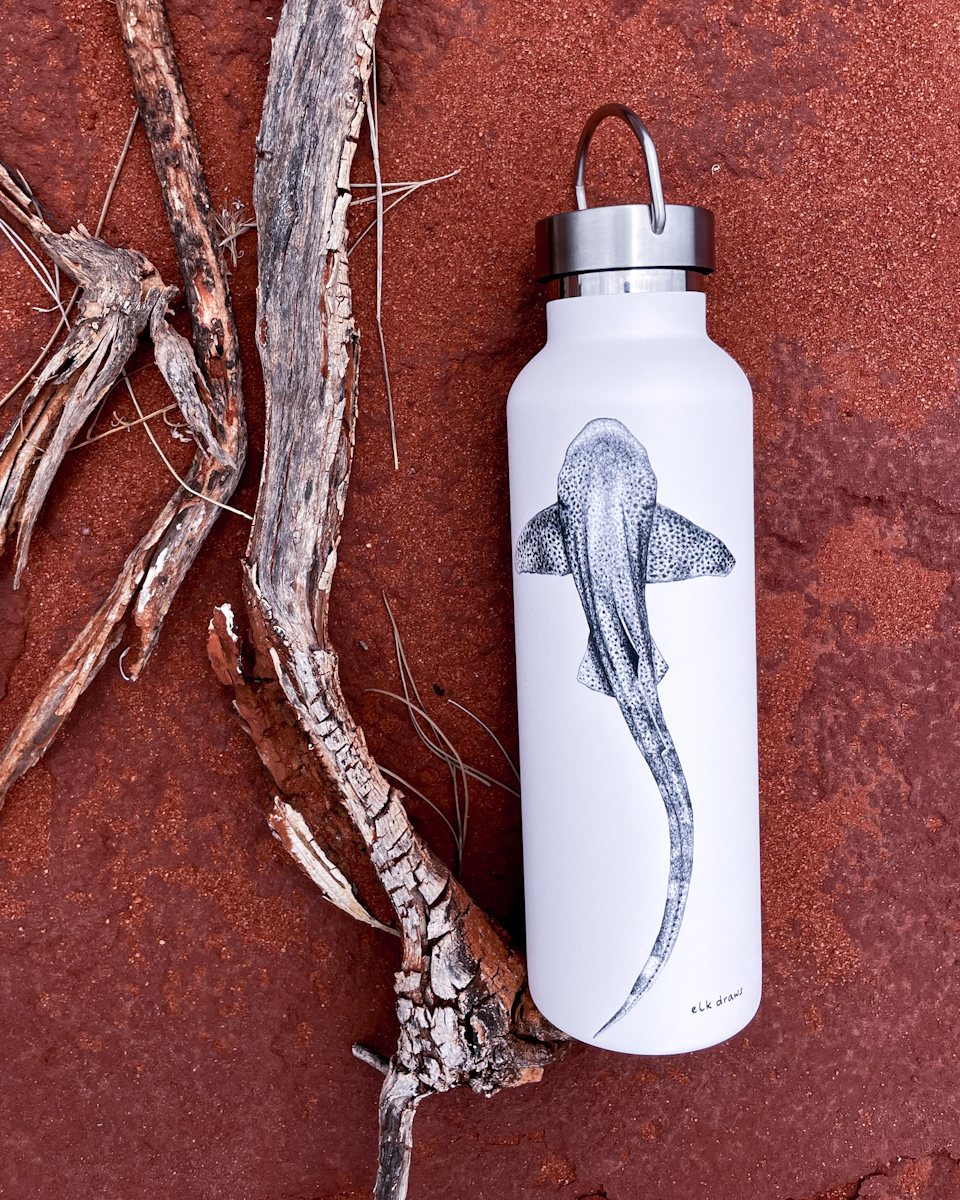 Underwater X Elk Draws Stainless Steel Insulated Water Bottle for Mental Health - Leopard Shark
Underwater X Elk Draws Stainless Steel Insulated Water Bottle for Mental Health - Leopard Shark
- Price A$ 39.95
-
 Inon UCL-G165 II SD Underwater Wide Close-up Lens
Inon UCL-G165 II SD Underwater Wide Close-up Lens
- Price A$ 329.00
-
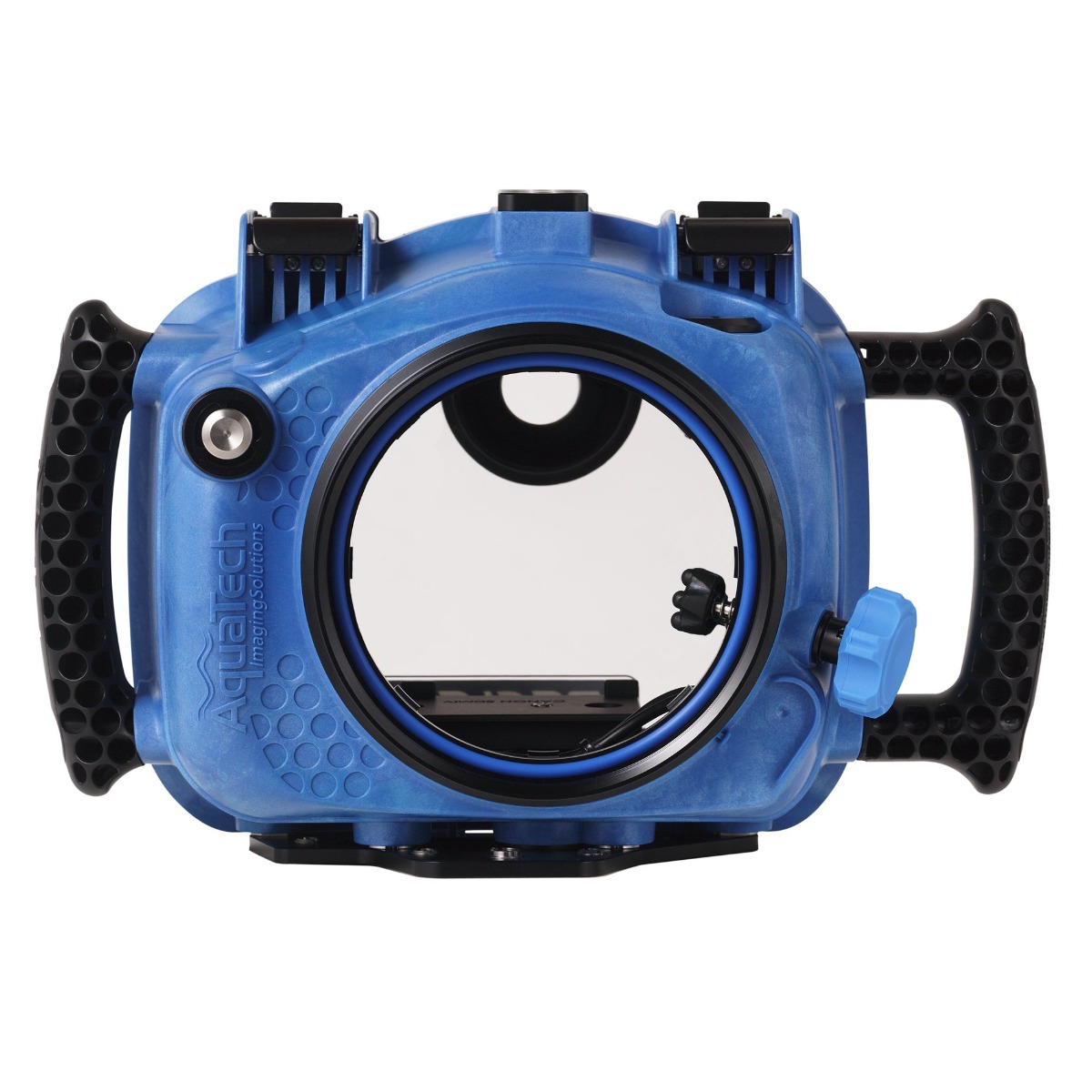 AquaTech Reflex Base Water Housing for Nikon D850
AquaTech Reflex Base Water Housing for Nikon D850
- Price A$ 979.00
-
 Inon Optical D Cable SS Type L Rubber Bush Set 2
Inon Optical D Cable SS Type L Rubber Bush Set 2
- Price A$ 129.00
-
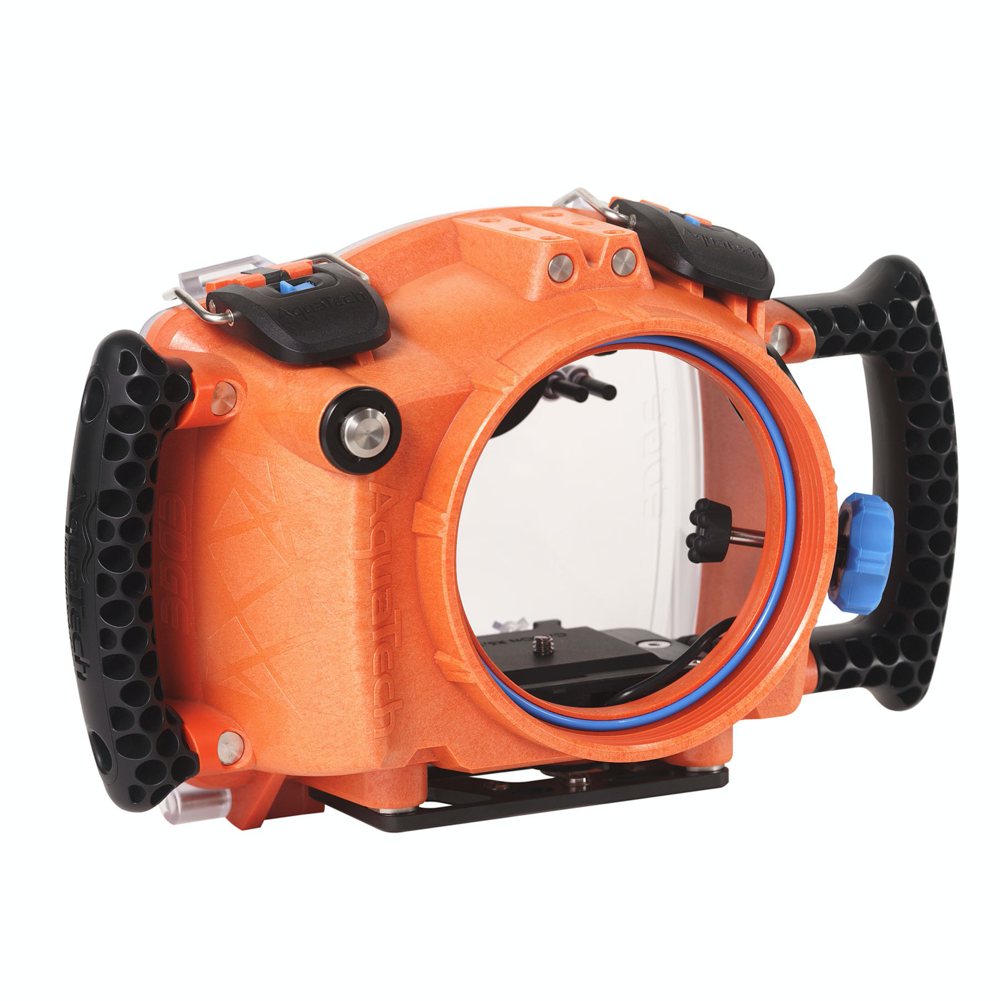 AquaTech EDGE Pro Camera Water Housings - Sony mirrorless
AquaTech EDGE Pro Camera Water Housings - Sony mirrorless
- Price A$ 2,149.00
-
 Scubalamp P53 LED Video/Photo Strobe Light - 5000 lumens
Scubalamp P53 LED Video/Photo Strobe Light - 5000 lumens
- Price A$ 699.00
-
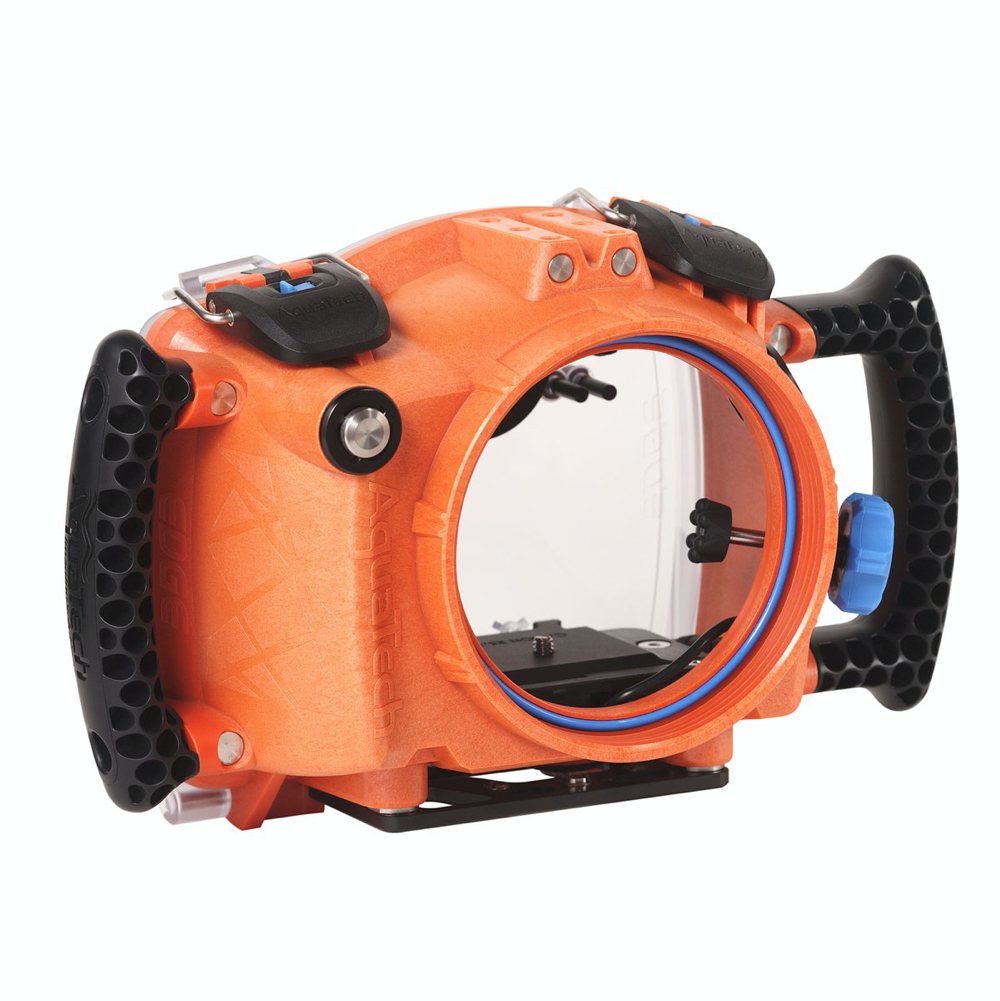 AquaTech EDGE Base Camera Water Housings - Sony mirrorless
AquaTech EDGE Base Camera Water Housings - Sony mirrorless
- Price A$ 1,249.00
-
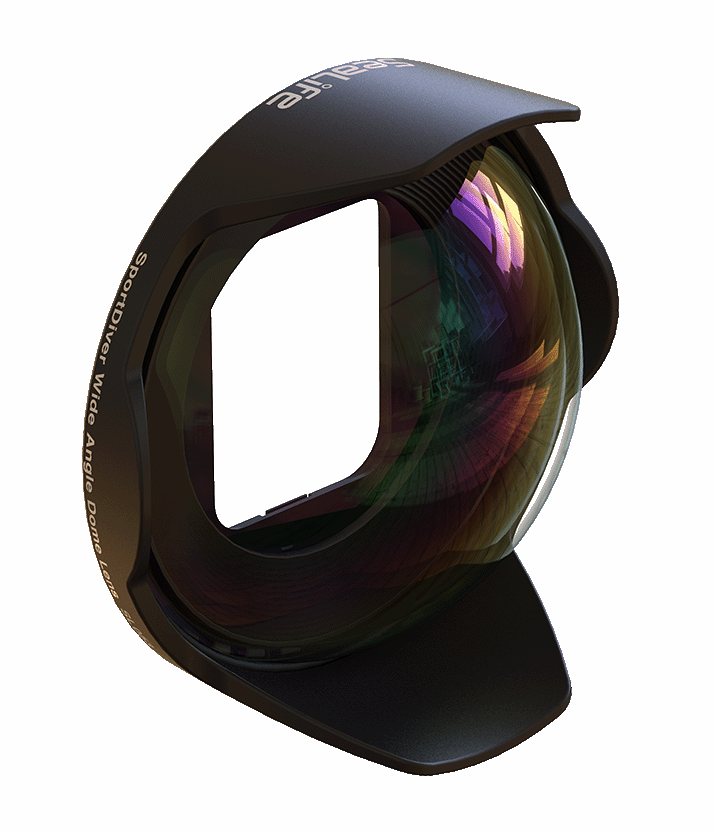 Sealife 6” / 15cm Wide Angle Dome Lens for SportDiver
Sealife 6” / 15cm Wide Angle Dome Lens for SportDiver
- Price A$ 349.00
Articles
-
 My Day with Mantas
My Day with Mantas
- Coming to Australia I had no illusions about how good the diving could be. We have been hearing how good the Barrier Reef is for years now, and it is good, but has anyone heard of The Coral Coast ('Where is that?' - I hear you ask) ...








